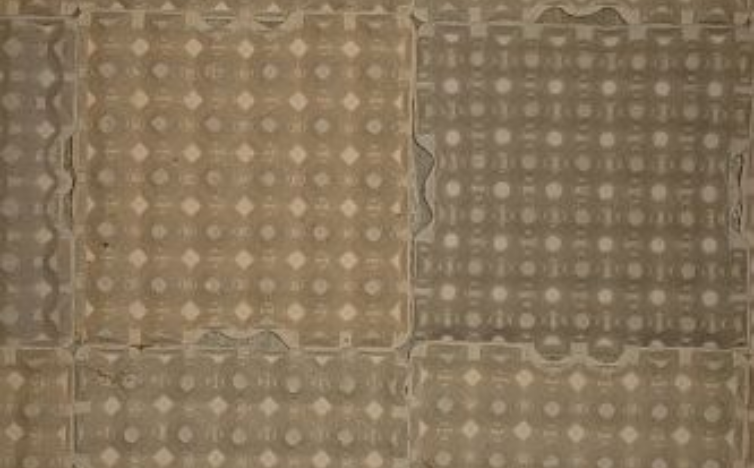Egg box soundproofing is a popular DIY hack often touted as a cheap solution for reducing noise. But does it actually work? In this article, we’ll explore the science behind egg box soundproofing, its effectiveness, and whether it’s worth your time and effort.
How Egg Box Soundproofing Works
Egg cartons are made of porous, textured material designed to absorb sound waves. The uneven surface of egg boxes can help diffuse sound, reducing echoes and minor noise reflections. However, this doesn’t mean they block sound entirely. Egg boxes are better at managing acoustics within a room rather than preventing sound from entering or leaving.

Pros of Using Egg Boxes
- Cost-Effective: Egg boxes are inexpensive and easily accessible.
- Eco-Friendly: Repurposing egg cartons is a sustainable option.
- Reduces Echoes: The textured surface can help minimize reverberation in a room.
Cons of Using Egg Boxes
- Limited Effectiveness: Egg boxes don’t block sound; they only slightly reduce echoes.
- Fire Hazard: Egg cartons are highly flammable, posing safety risks.
- Aesthetic Issues: Covering walls with egg boxes can look unattractive and unprofessional.
Better Alternatives to Egg Box Soundproofing
If you’re serious about soundproofing, consider these alternatives:
- Acoustic Panels: Designed specifically for sound absorption.
- Mass-Loaded Vinyl: Blocks sound effectively.
- Weatherstripping: Seals gaps in doors and windows to reduce noise.
Contact Muhammad Shaheen Carpentry at 971 55 219 6236, and discover the transformative science of soundproofing for your space.
Conclusion
While egg box acoustics can help reduce echoes, it’s not a true acoustic solution. For significant noise reduction, investing in proper materials is the way to go. Egg boxes may work as a temporary fix, but they’re far from ideal for long-term sound management.

